Monday with Miss Cellany
Skip to commentsBill Watterson’s Calvin and Hobbes; Bill Papas’ Semana Santa; Chic Young’s Blondie; Charles Sculz’s Peanuts; and Kirkus Reviews’ best “comic’ books of the 21st Century.
Calvin and Hobbes Hand-Colored Daily Comic Strip Original Art
Heritage Auctions will be putting up for bid a very early Calvin and Hobbes comic strip “inscribed to artist Jim Borgman and his family” by cartoonist Bill Watterson, who also hand-colored it, in a June 26, 2025 event.

What can we say about this incredibly rare episode of Calvin and Hobbes — not only is it the 12th strip ever [
producedprinted] (the first premiered on November 18, 1985) and earliest-known strip to come to market (and only the fourth hand-colored example Heritage has had the distinct pleasure of offering), but it also features the first time we see Principal Spittle, and the first look at Calvin’s Spaceman Spiff, an explorer of galaxies and most prominent of Calvin’s alter egos! This episode shows the courageous Spaceman Spiff boldly facing down certain death, taking steps to safeguard the entire universe after being taken to the evil lair of… the principal’s office!
1968 Drawings of Sevilla’s ‘Semana Santa’ by famed British Cartoonist William ‘Bill’ Papas
Being that time of the year let’s discover some Easter drawings by Bill Papas headed for a limited run printing.
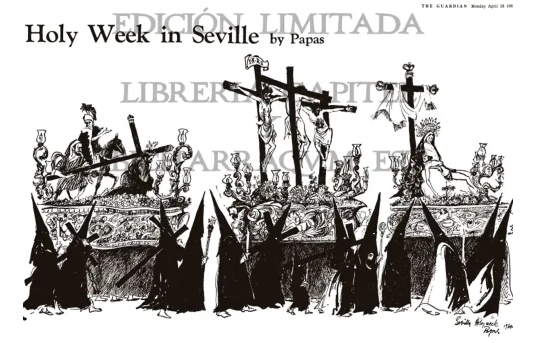
A REMARKABLE discovery has brought to light two 1968 illustrations of Sevilla’s Semana Santa and gives an insight to the British perspective on Spain’s version of Easter.
The drawings, by esteemed British artist William ‘Bill’ Papas and originally published in the Guardian, remained hidden for almost six decades in an old book.
They were only rediscovered in February 2023 when Boris Quijada and Saul Quijada, owners of the Capitel bookstore in Alcalá de Henares, made a fateful purchase.
“The drawings reflect the point of view of a British person, a person of the world, of eyes accustomed to diversity and transcendental historical moments,” said Enrique Guevara, scholar of Sevilla’s Semana Santa (Holy Week).
Papas, who died in 2000, was a renowned political cartoonist, author, and illustrator during the 60s and 70s who contributed to The Guardian, The Sunday Times, and the satirical magazine Punch.
Was Blondie Originally a Completely Different Comic Strip?
There is a logical fallacy that occurs frequently where people see a number of similar things (like comic strips), and assume that the next similar thing (like, say, a comic strip) fits into the theme of the other strips, even if it is really doing something else entirely. That is the case with Blondie, which people will often refer to as originally being a flapper comic strip before it became a romance comic strip about Blondie and Dagwood Bumstead. That’s not quite how the story goes…

Brian Cronin looks into flapper comics and the beginning of Blondie and Dagwood by Chic Young.
The big difference, though, is that while Young’s Blondie did, in fact, star a flapper named Blondie Boopadoop (yes, her last name was, in fact, Boopadoop), the strip was specifically centered on her romance with her beau, Dagwood Bumstead, to the point where THEY’RE ENGAGED WHEN THE COMIC BEGAN in 1930!
Best Books of the 21st Century (So Far)
Kirkus Reviews recently listed their best books of the past 25 years (2000-2024) and comics made the cut!
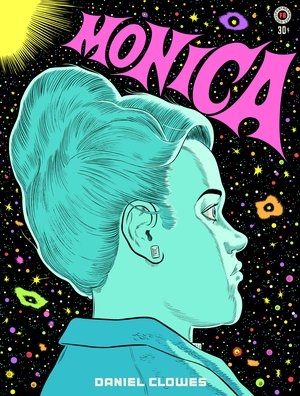


In their list of 100 fiction books it was The Amazing Adventures of Kavalier & Clay by Michael Chabon; Monica by Daniel Clowes; and My Favorite Thing is Monsters by Emil Ferris.
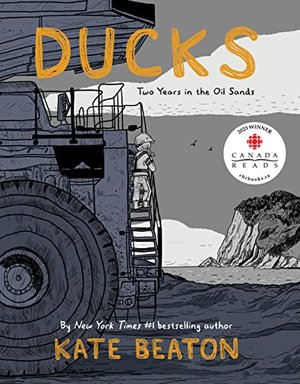

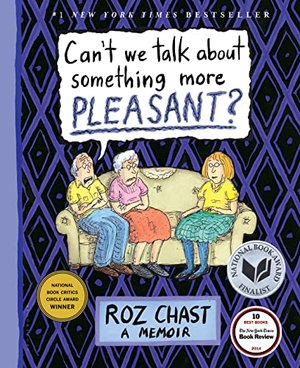
Included on their nonfiction is Ducks by Kate Beaton; Fun Home by Alison Bechdel; and Can’t We Talk About Something More Pleasant by Roz Chast.
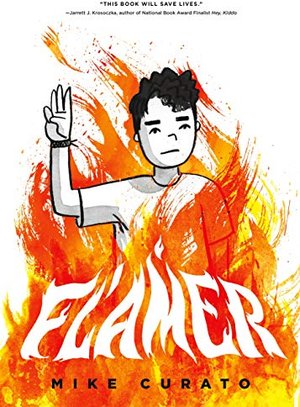


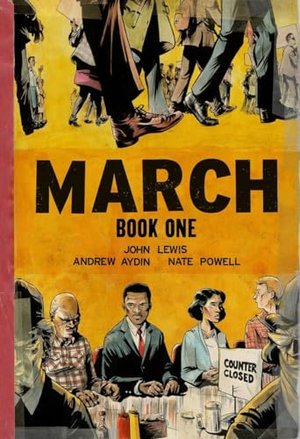

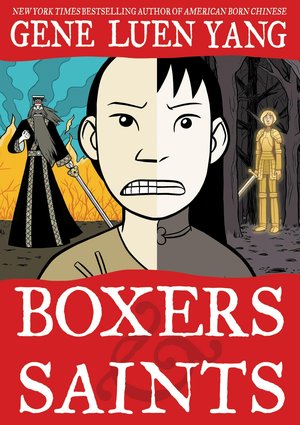
The Teens and Young Adults list includes these Comics and Graphic novels: Flamer by Mike Curato; Huda F Are You by Huda Fahmy; Hey, Kiddo by Jarrett J. Krosoczka; March by John Lewis, Andrew Aydin, and Nte Powell; Heartstopper by Alice Oseman; and Boxers & Saints by Gene Luen Yang.

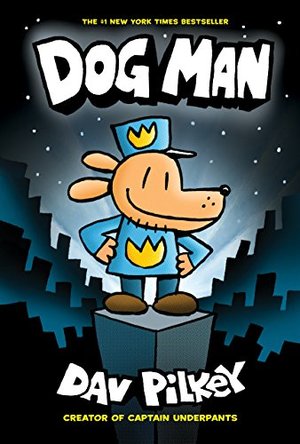

Among the Middle Grade books are Diary of a Wimpy Kid by Jeff Kinney; Dog Man by Dav Pilkey; Smile by Raina Telgemeier; and New Kid by Jerry Craft.

Things you might not know about Peanuts
Charlie Brown and his gang of lovable young’uns are bonafide stars when it comes to classic American comic strip characters. Peanuts, the brainchild of cartoonist Charles Schulz, is so well-known that many of its quotes and common catchphrases are now a part of our cultural lexicon.
till, even the comic strip’s most eagle-eyed fans might not realize just how groundbreaking it was for its time (it was the first major comic strip to introduce a minority character into its cast in 1968), or how far-reaching its pop culture impact has been (director Wes Anderson, for instance, has a Peanuts reference in nearly every one of his films).

Classic City News offers little known items about the famed Peanuts comic strip by Charles Schulz.
Schultz didn’t create or really like his comic strip’s name
Snoopy has five siblings
Charlie Brown’s and Schultz’s fathers are both barbers
The little red haired girl is never seen
Linus didn’t speak for the first two years
The teacher’s voice was a trombone
First comic strip to feature a minority character [highly debatable]
Unpopular character “killed off”
Final comic ran day after Schultz died
The strips aren’t drawn anymore
A documentary was made but never aired

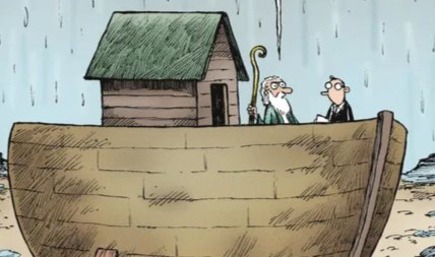
Comments 6